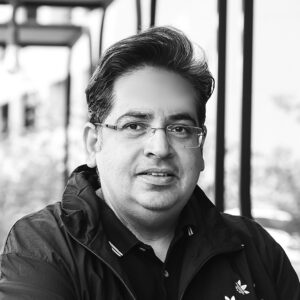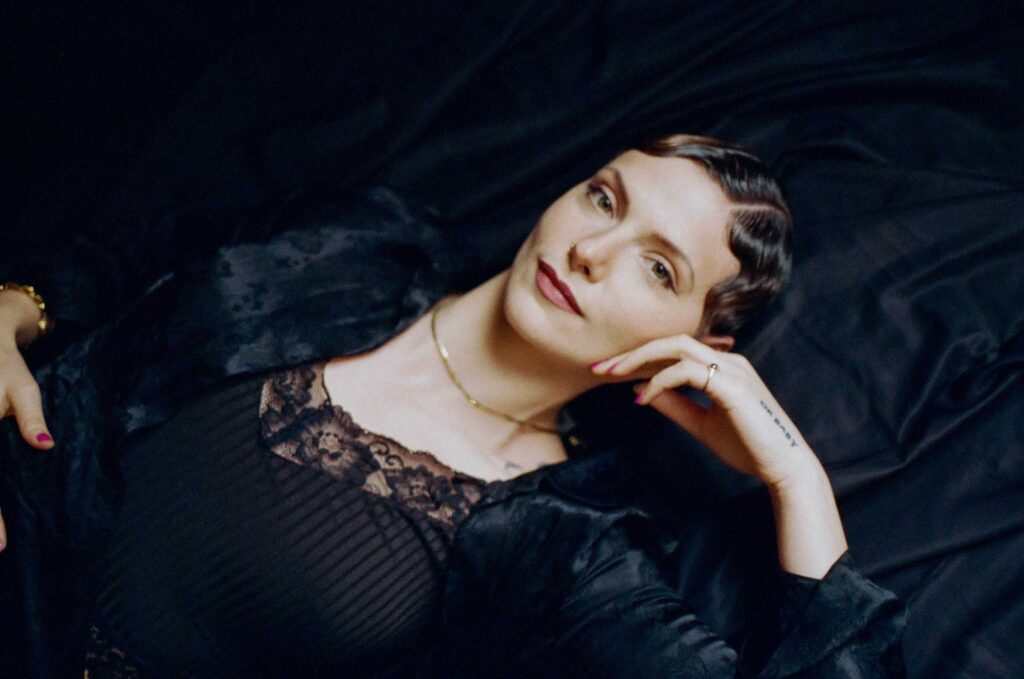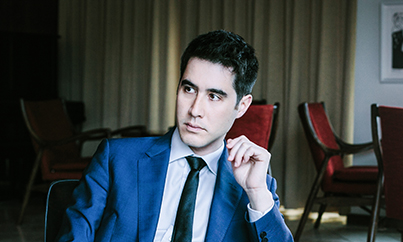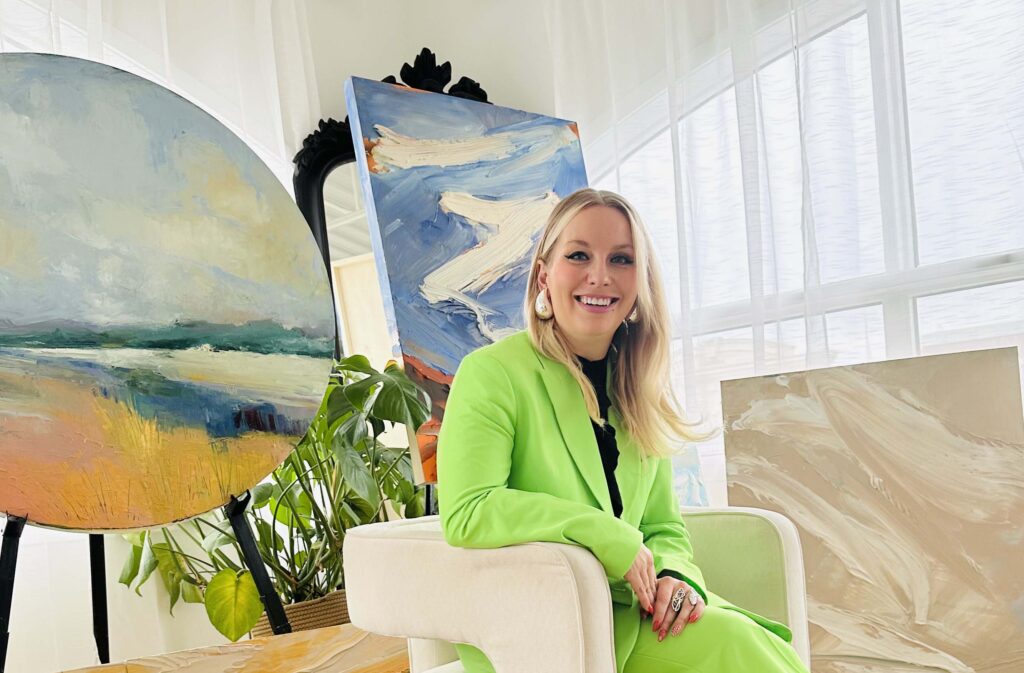Disrupting the Norm, Designing the Future
In a city as diverse and creative as Toronto, few platforms have left as bold a mark on fashion and culture as Fashion Art Toronto (FAT). What began in 2005 as a grassroots rebellion against traditional fashion norms has evolved into a pioneering, city-wide celebration of boundary-breaking style, art, identity, and inclusivity. As FAT marks its 20th anniversary, TorontoPages sat down with its visionary founder Vanja Vasic to reflect on two transformative decades of challenging convention, amplifying underrepresented voices, and redefining what fashion can look like in Canada.
Through this exclusive interview, we explore the inspirations, challenges, and pivotal moments that have shaped the platform’s journey from an underground movement to a nationally celebrated institution. We also get a behind-the-scenes look at what’s in store for the milestone celebrations—and how FAT continues to push fashion beyond the runway and into the heart of the city. More than an event, Fashion Art Toronto is a movement—built on community, courage, and creativity. Join us as we celebrate 20 years of disruption, innovation, and fierce Canadian talent.
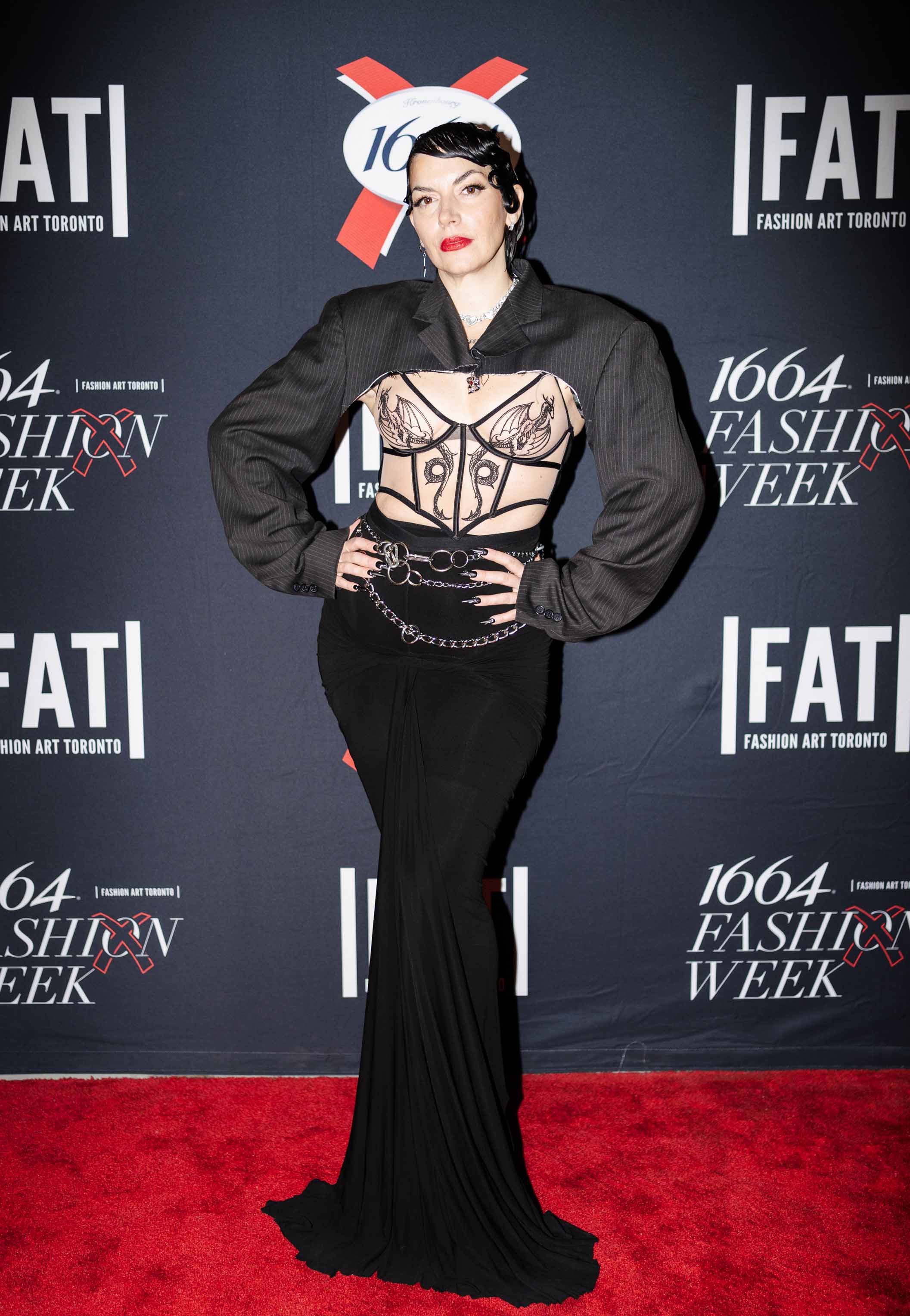
20 Years of Bold Vision, Radical Inclusion, and Unapologetic Creativity
What inspired you to start Fashion Art Toronto back in 2005?
In 2005, I was a young fashion designer who felt constrained by the traditional fashion platforms in Canada. At that time, the fashion scene in Toronto felt rigid and exclusive. I didn’t see a space that embraced experimentation or alternative beauty standards, and there was a noticeable lack of diversity and space for experimental, boundary-pushing work. So I created one. I wanted to build something raw, bold, and inclusive—a platform where fashion could intersect with art, storytelling, and identity. FAT began as a rebellion against the status quo, a call to disrupt what we thought fashion should look like in this country.
How has your original vision for Fashion Art Toronto evolved over the past 20 years?
While the core ethos of FAT—celebrating diversity, creativity, and inclusivity—has remained steadfast, the platform has grown exponentially. We’re still about creating space for those outside the mainstream, but FAT has grown in scale, in depth, and in its cultural reach. We’ve moved from a grassroots fashion space to a major city-wide celebration that includes immersive art, film, music, talks, as well as collaborations with major institutions like ROM, TIFF, Artist Project, and more. What’s evolved is our impact.
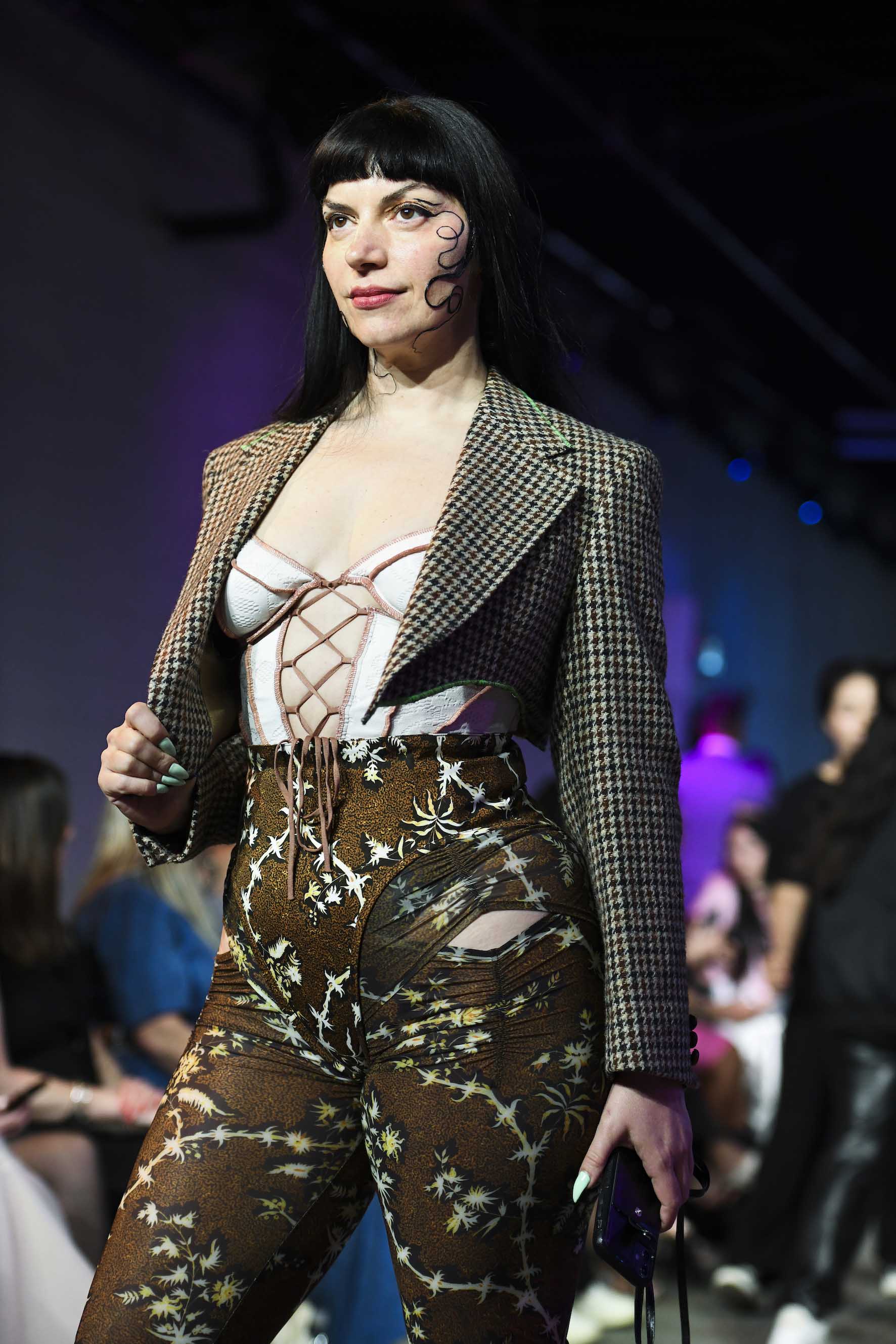
Can you recall a pivotal moment in the early days that affirmed you were on the right path?
For me, it’s not just one moment—it’s a feeling that returns every time a designer sends a boundary-pushing collection down our runway. There are moments that still give me chills. One that stands out is the first-ever L’uomo Strano show—his brother, veiled and rapping while playing chess in a flowing white dress, and a mostly Black cast of models in renaissance onesies. It was surreal, poetic, and powerful. And then there was Maison Chardon—models vacuum-sealed on the runway, breathing through tubes, with aerial performers and fabric rolling out like a stage curtain. It was fashion and performance art at its rawest. These moments weren’t just memorable—they were affirmations that what we were building was unlike anything else and deeply needed.
What challenges did you face when first launching Fashion Art Toronto, and how did you overcome them?
So many. We didn’t have big sponsors. People didn’t understand what Fashion Art Toronto was. The name/acronym itself—FAT—was provocative in a fashion world obsessed with thinness. Our alternative format felt foreign, and the industry was slow to embrace diversity, inclusion, and art-forward presentations. But we kept showing up, building with passion. Friends, family, volunteers, students from TMU and OCAD—everyone pitched in. That community foundation is why we survived and thrived.
What does the 20-year milestone mean to you personally and professionally?
It means everything. Personally, it’s the journey of a lifetime—seeing something born from my own desire for representation and creativity grow into one of Canada’s most important fashion events. Professionally, it’s a symbol that we’ve helped shift the fashion narrative in this country and shaped the future of Canadian fashion. It shows that you can build something meaningful without following the traditional rules.
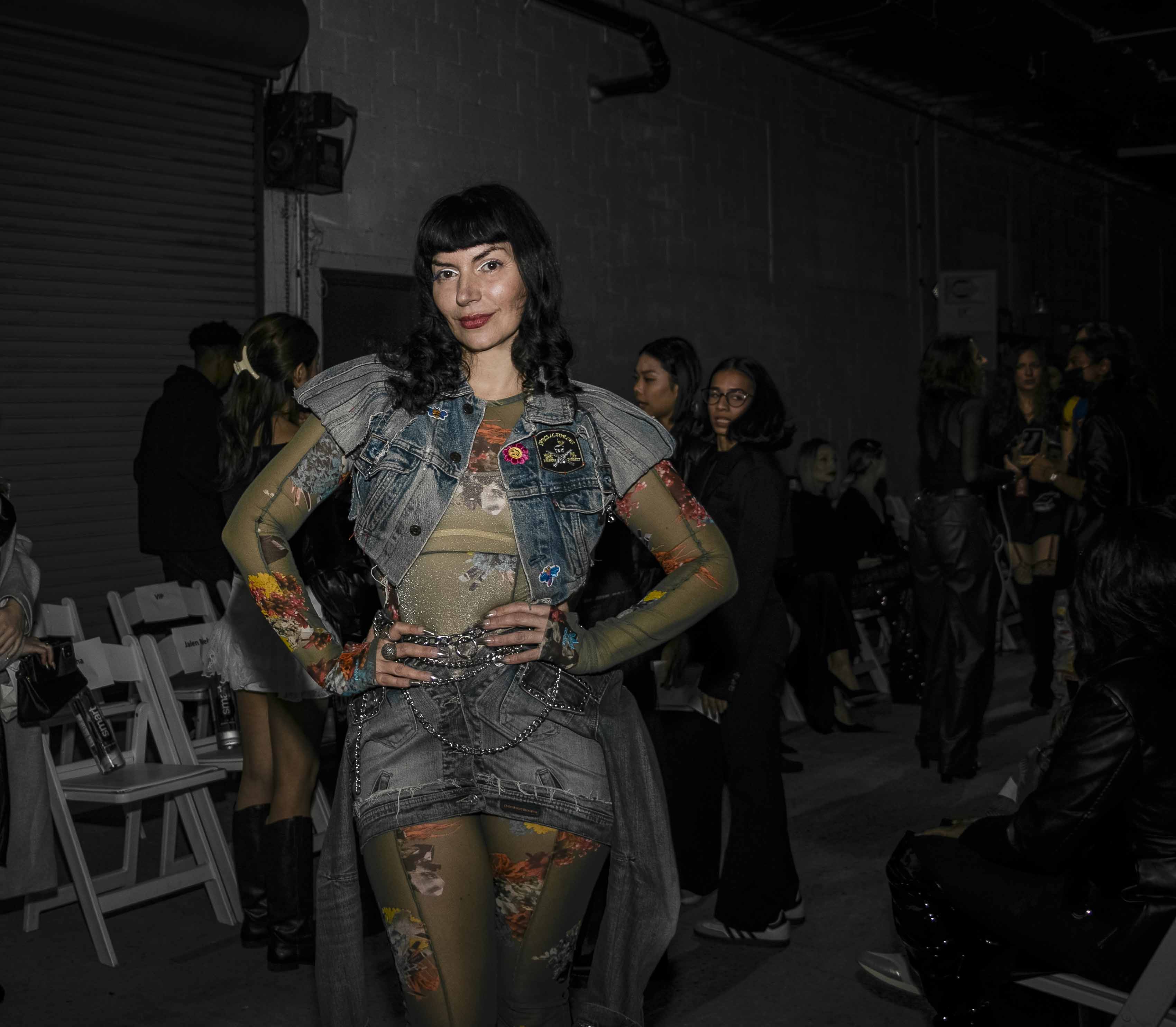
You’re seen as a leader and innovator in Canadian fashion—how do you define innovation in this industry?
Innovation, to me, is about truth-telling. It’s about using fashion as a tool to communicate something real—whether that’s a personal story, a cultural legacy, or a bold challenge to the status quo. It’s not just about trends or technology; it’s about daring to say something different through design.
Innovation is also about risk—it’s trying something new even when it’s uncomfortable and being unafraid to go against the grain. It’s when a designer uses their work to celebrate their heritage, confront injustice, or embrace vulnerability in a way that breaks convention. That’s where I see real magic happen. At FAT, we prioritize that kind of brave creativity. We create space for designers to experiment, explore, and speak their truth—and in doing so, help redefine what fashion can be.
What values guide your decisions when selecting designers and creatives for the shows?
Authenticity, courage, and vision. I look for designers who are fearless in their expression and rooted in something meaningful—whether it’s cultural, political, personal, or environmental. We give space to artists who are saying something with their work.
In what ways has your advocacy for inclusivity shaped the broader Canadian fashion scene?
We’ve helped shift the lens through which Canadian fashion is seen—both at home and internationally. When we first started, there were so few platforms that embraced trans models, queer designers, or non-binary and plus-size presentations. We were doing this work long before diversity became a checkbox. What was once seen as radical is now, thankfully, becoming the norm—and I’m proud that FAT played a role in that transformation.
Many talents who’ve gone on to make major waves in fashion—like Myles Sexton and Winnie Harlow—got their start at FAT. We gave them space to be seen, to shine, and to be taken seriously at a time when the industry wasn’t yet ready for their brilliance. Our advocacy helped carve out space where none existed. Now, we’re seeing more representation across Canadian fashion weeks, magazines, and campaigns, but the foundation was laid on community-driven runways like ours. That ripple effect began on our stage.
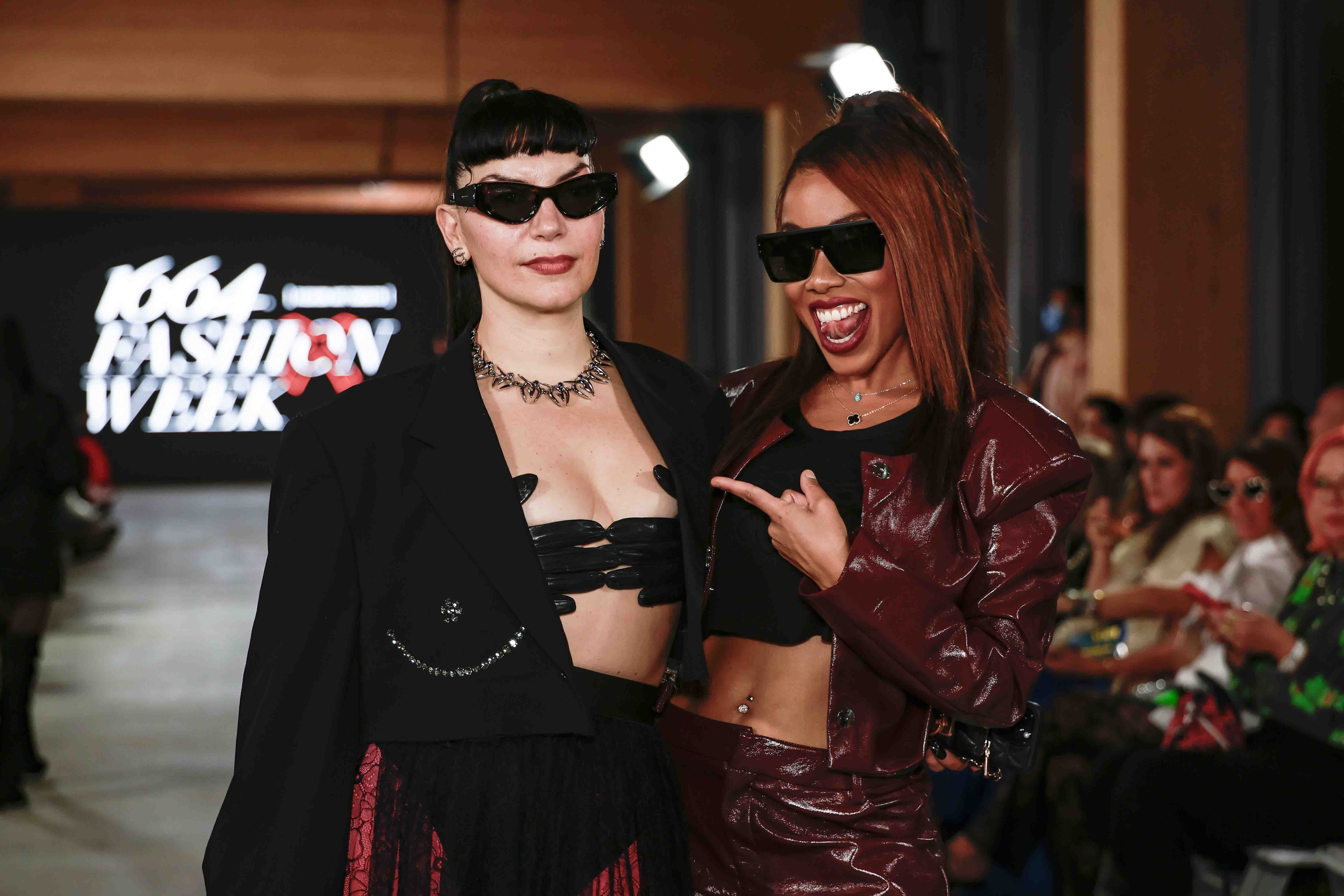
Fashion Art Toronto has long championed diversity—how do you ensure that representation is authentic and not performative?
Representation at FAT is never a checkbox—it’s foundational. Long before diversity became a buzzword, we were showcasing trans, non-binary, BIPOC, and plus-size models on our runways and in our campaigns. What sets us apart is that we don’t just include people—we build with them. Our open casting calls and selection process prioritize authenticity, confidence, and individuality. We don’t fit people into molds—we ask them to bring their whole selves. Our partnerships with groups like Black Designers of Canada and the Myles Sexton Breakout Talent Award ensure that representation is backed by support, opportunity, and visibility.
Are there any untold stories or underrepresented communities you’re still striving to spotlight?
Absolutely. While FAT has long embraced diversity, we know there’s still more work to be done—especially when it comes to deeper inclusion of Indigenous designers and models, plus-size talent, and people with disabilities. These communities are part of our programming, but representation must go beyond visibility. It requires ongoing effort. It’s not always easy to include everyone, especially when we’re also working to instill the value of representation within our designers and collaborators. We encourage them to think intentionally about who walks in their shows and how their work can reflect the real diversity of the city and Canada as a whole.
How do you balance cultural appreciation with the risk of appropriation in fashion curation?
It starts with respect, collaboration, and intention. We prioritize cultural authorship. If a designer is referencing a tradition or cultural identity, we want it to come from within that community or through meaningful, informed collaboration. At FAT, we hold space for that dialogue and take care to ensure it’s one rooted in consent, context, and community.
You recently received the Fashion Impact Award at CAFA—how did that recognition resonate with you?
It felt like a breakthrough moment. After years of working outside the mainstream, to be recognized by one of Canada’s top fashion institutions was powerful. It affirmed that the work we’re doing—centered on equity and expression—is essential to the future of fashion.
What role do media features, like your recent FASHION Magazine profile, play in advancing your mission?
Visibility matters. When legacy media platforms tell our story, it validates our artists and helps shift public perception of what fashion can look like. It opens doors—for us, and for everyone we platform.
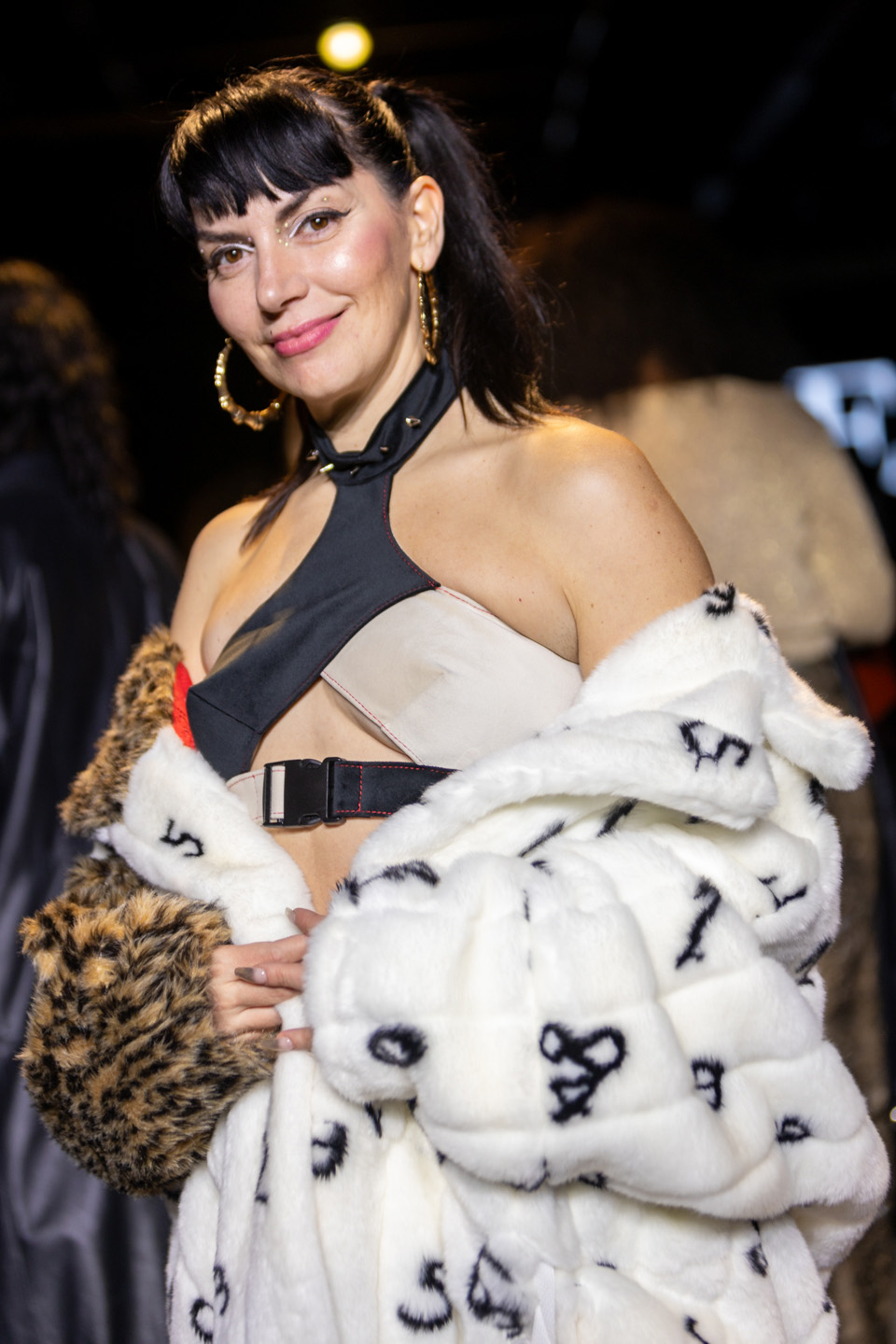
What feedback from designers or attendees has stuck with you over the years?
So many people have told me that FAT was the first place they felt truly seen—as artists, as individuals, as their authentic selves. One guest told me they had never worn their cultural attire in public until they came to FAT. Another started as a volunteer and walked their first show as a non-binary model. Those are the stories that stick. This is more than a fashion event—it’s a space for transformation.
How do you ensure that your platform not only showcases but supports the long-term success of emerging talent?
At FAT, we don’t just offer a runway—we build a foundation. Our support goes beyond the show itself. From affordable participation fees and sponsored opportunities to professional production, photography, and media visibility, we ensure emerging designers have the tools they need to present their work with confidence and credibility.
But our investment doesn’t end there. We actively connect designers with mentors, stylists, buyers, and cultural institutions to help them grow their networks and careers. Once a designer joins our platform, they become part of our extended creative community—we continue to invite them to events, include them in future collaborations, and promote their work year-round across our channels. It’s about building lasting pathways, not just providing a moment in the spotlight.
What makes Fashion Art Toronto’s fashion week unique compared to traditional fashion weeks?
Fashion Art Toronto isn’t just a fashion week—it’s a full sensory, interdisciplinary experience. We blend fashion with performance, film, music, and installation art to create something immersive and emotionally resonant. Our shows aren’t bound by commercial trends or seasonal calendars—they’re driven by bold ideas, personal stories, and cultural commentary.
We don’t ask designers to conform. That freedom to explore and express makes FAT a space where truly boundary-pushing work can thrive. And beyond the runway, it’s the sense of community that makes us different. Designers, models, artists—they show up as their full, authentic selves and are celebrated for it. People often describe FAT as a family, and it’s true. We’ve built a culture of support, connection, and shared purpose that’s rare in this industry.
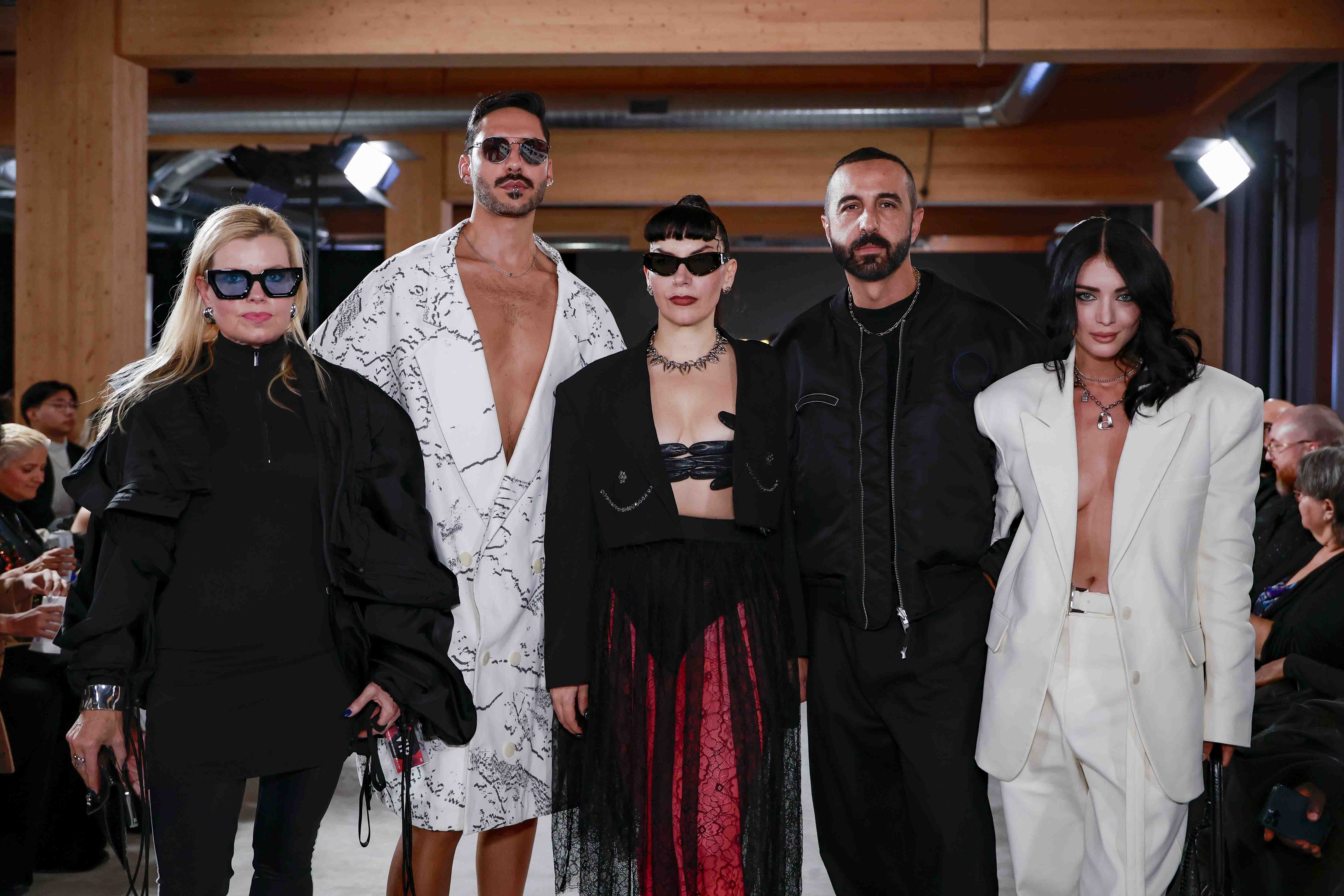
Can you give us a sneak peek of what’s in store for the 20th anniversary celebrations?
This year we’re celebrating 20 years in true FAT style—bold, boundary-breaking, and city-wide.
We’re expanding to a full month of fashion programming across Toronto, with guerrilla-style runway shows in unexpected public spaces, immersive fashion-art installations, and major collaborations with cultural institutions.
Highlights include a Fashion Art Toronto retrospective runway in the Historic Distillery District, a striking outdoor show beneath the Gardiner Expressway, and of course, our main fashion week event featuring 45 incredible designer collections. We’re also launching a massive pop-up market of local brands, an immersive digital fashion installation, live audience figure drawing, and an interactive fashion playground.
It’s a celebration of the designers, artists, and community that has helped shape us over the last 20 years.
Fashion Art Toronto partners with many cultural organizations—what makes a collaboration meaningful to you?
The most meaningful collaborations are rooted in shared values and a collective vision for impact—not just branding. I’m drawn to partnerships with organizations that champion underrepresented voices and embrace bold, creative risk-taking.
Collaborating with like-minded institutions across art, film, music, and culture allows us to deepen our multidisciplinary approach to fashion. These partnerships don’t just enrich our programming—they help grow the visibility of Canadian fashion talent and extend the reach of our designers beyond the runway. It’s about building bridges, growing our collective voice, and contributing to a stronger, more recognized Canadian fashion scene. That’s when collaboration becomes transformative.
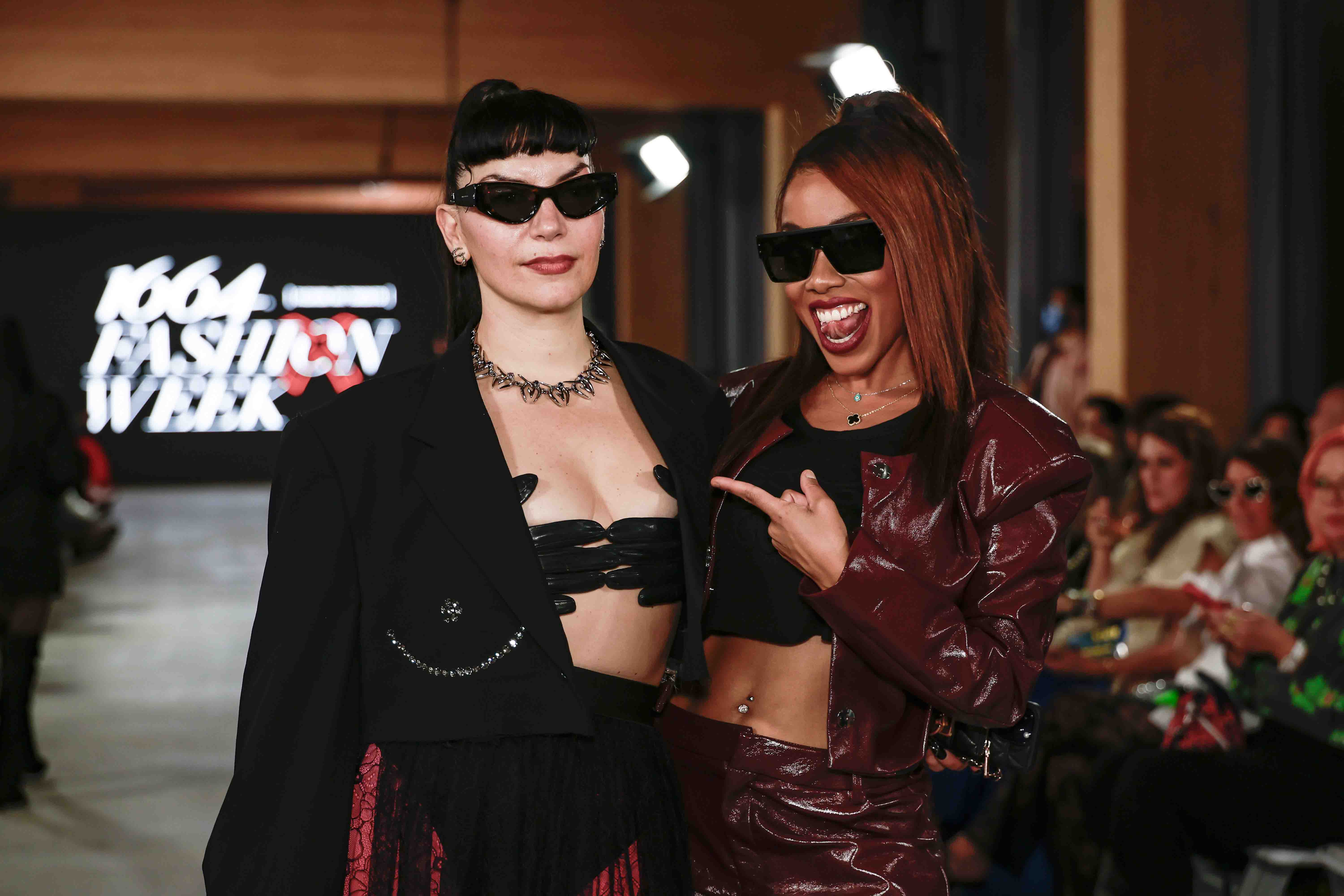
How do community-based events like ROM After Dark or Toronto Queer Market align with your mission?
They bring fashion into everyday life—and make it accessible. These events allow us to connect with wider audiences and offer alternative ways of experiencing style and identity. They embody the spirit of FAT: open, vibrant, inclusive.
How can the broader public better support local fashion and artistic talent?
Buy local, attend shows, share work on social media, and talk about the talent coming out of Canada. It’s about participation. Support doesn’t always mean buying something—it can mean showing up, encouraging dialogue, and helping amplify the voices of emerging creatives. Grassroots scenes thrive on community energy.
Your message for us at TorontoPages magazine.
Thank you for shining a light on Canadian fashion and the artists shaping its future. Media plays a vital role in building momentum for our industry—locally and nationally. By spotlighting homegrown talent and telling the stories that often go unheard, you help generate the recognition and support our designers need to thrive. It’s how we grow the scene, build pride in Canadian creativity, and shape a more vibrant and inclusive fashion culture. We’re proud to be part of that movement—and grateful to have you alongside us.
